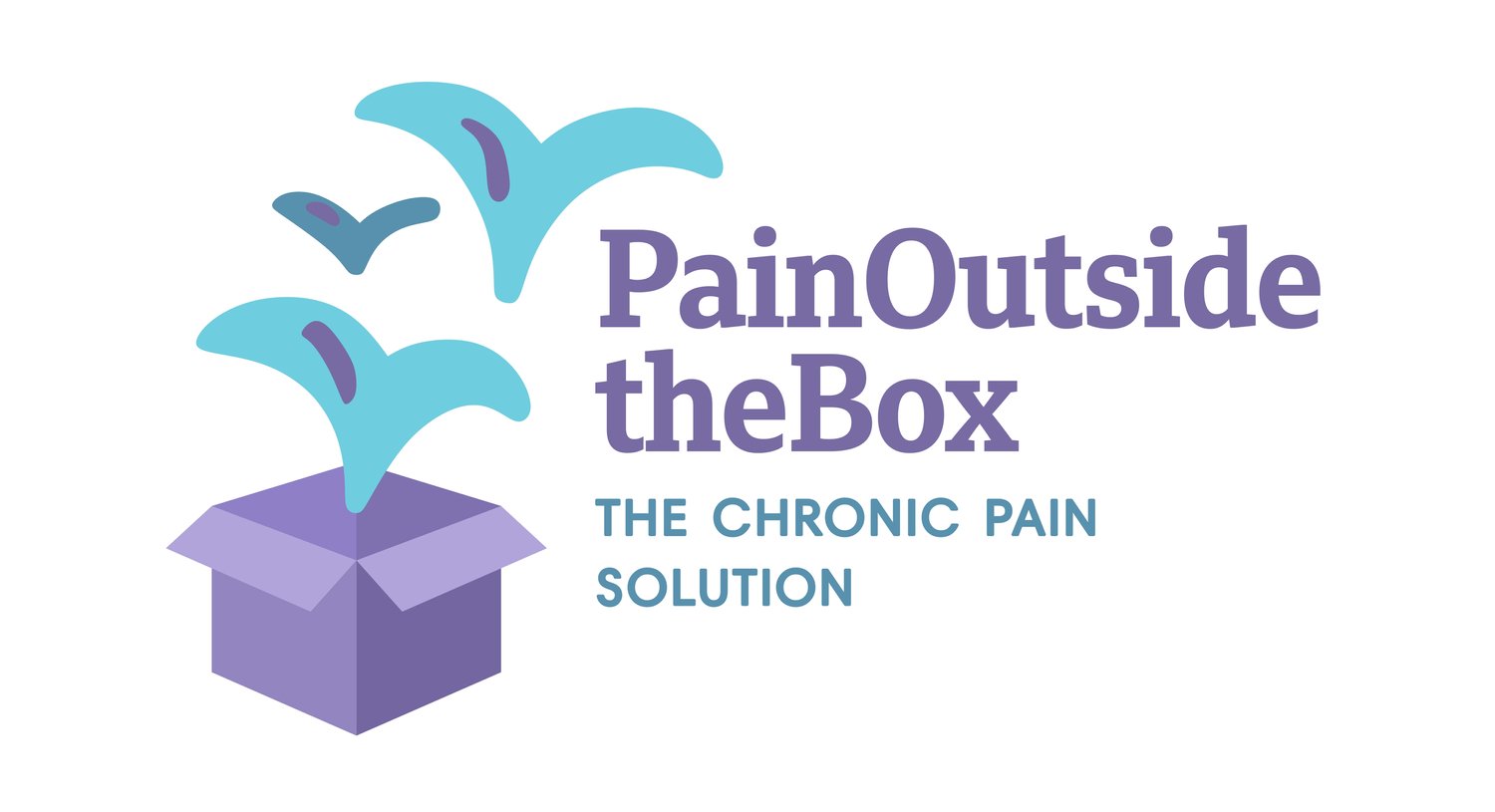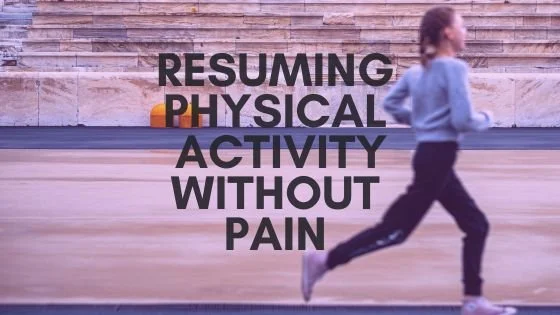Why does it hurt to move?
Why does it always hurt to move?
How to Start Exercising when Everything Hurts
A lot of people that I meet both in my personal and professional life get pain in association with movement and activity.
In fact, one of the most common questions I get asked as a Pain Coach is “why would it hurt so much to move, if the pain is simply neuroplastic or mindbody in origin?”
This, of course, puts a lot of doubt on the mindbody explanation behind chronic pain (even though almost all chronic pain is linked to neuroplastic changes), and makes it harder to recover.
And so, let me explain why we sometimes get pain with movement even though we are NOT injured or damaged in any way.
Chronic pain is a conditioned response
The human body is perfectly capable of being conditioned to generate pain in response to specific triggers.
For those whose pain first kicked off while moving, such as while running or playing sport, it could become second-nature for the brain to start associating movement with pain.
This can start off with a real injury or a sprain, or it could also kick off because our muscles are already extremely tight due to the stress and anxiety we may be carrying around.
No matter the origin, when we get pain while moving, the brain may stay on the alert as a way of trying to protect us from re-injuring ourselves. This serves us well if we’re still in the healing process (which is typically up to 8 weeks for most injuries), however, later on, the brain’s signals may continue to fire to our detriment.
Even in the case of an injury that has already healed, the brain can learn to keep generating pain signals in the body due to this association that has been formed in the past between movement and pain.
The conditioning is kept alive through our memories, fears and expectations, but it is generally a very automatic response - as automatic as blushing or trembling when we're shy or scared.
But the more we believe that we may still be injured or somehow damaged, the more likely it is for us to keep getting pain while moving.
That's because this belief is fuelled by our fear.
Did you use to identify as an Athlete?
We’ve got a Program just for you!
Pain Free Comeback was created by athletes for athletes.
The 10-lesson DIY Program teaches you how to identify the sources of your pain and how to get back to any physical activity or sport you’d like to - pain free and free of the fear of recurring pain!
Fear of injuring ourselves badly again.
Fear of making things worse for ourselves.
Fear of overdoing it.
Fear of what life could look like in the future if we still have pain.
Fear, fear, and more fear.
In truth, most injuries heal within 6 months maximum, and surgery is very effective at repairing serious injury like broken bones or fully-torn ligaments.
Rehab also works very well for sports-related and other injuries.
And so, it’s a different piece of the puzzle that you need to be solving if you’ve been experiencing pain for months of years.
So how do you break the Conditioning cycle?
If you've had pain for over 6 months and this tends to flare up with movement, then there's a case for your pain being neuroplastic.
That means that it's your fear-based beliefs that are triggering the conditioning response.
It also means that unless you address your fears and stressors, you are likely to continue experiencing the same kinds of aches and pains.
Based on my personal experience, the process starts with acknowledging that the pain has now become conditioned, and thereby letting go of blaming it on past injuries or structural abnormalities in the body. Chances are, there is nothing in your body that can be causing such debilitating pain. However, if you keep believing and reinforcing this belief, you will keep your brain on high alert.
I realize that it may be difficult for someone to come to the conclusion that there is nothing physically wrong with the body. Thankfully, today there are tools, such as our Neuroplastic Pain Questionnaire, to help you determine whether this is actually the case for you. A good pain test will help you identify those indicators that reveal that the pain is no longer coming from an injury or structural damage.
After making a case for having TMS / neuroplastic pain, it will be time to work with your brain’s neuroplasticity to unlearn the pain response.
I recommend a holistic approach that focuses on different contributing factors including one’s personal stressors, your relationship to the symptoms themselves, your thinking habits, as well as your day to day habits.
A good Pain Recovery Program should also be able to teach you how to resume physical activity without fear and overwhelm. Ultimately, you need to break out of the limits that chronic pain has imposed upon you, because holding onto those limits is a behaviour fuelled by fear, and fear is always the enemy when it comes to neuroplastic symptoms.
For as long as you shrink away from the resumption of activity, the brain is bound to keep interpreting movement as dangerous, firing the pain response each time you engage in movement.
90% of Chronic symptoms are reversible. It doesn’t have to hurt to move.
Some say it’s a long road to recovery, but I disagree. It typically takes 60 days to build new habits, and sometimes, with the right information and tools, it will take even less to calm the brain and nervous system and step out of the fear-pain cycle.
And if you used to be an athlete, and you’re tired of your persistent ‘sports injury’, I invite you to check out the Pain Free Comeback Program. This specific Program was designed with athletes in mind, and focuses on getting you back to unlimited physical activity.
Many others have done it before you, and therefore, so can you.



